Keeping Creeping Phlox Alive Through Winter: The Real-Deal Guide
I’ve spent countless seasons working with landscapes, and I’ve seen creeping phlox used just about everywhere. From huge commercial properties to tiny backyard rock gardens, that blanket of spring flowers is a showstopper. But here’s the secret: the quality of that spring show is decided months earlier, during the cold, quiet winter.
In this article
It’s a huge misconception that because phlox is tough, you can just forget about it once the temperature drops. I’ve seen it time and time again—beds that looked amazing in the fall turn into a patchy, brown mess by spring, leaving homeowners scratching their heads. They see labels like ‘evergreen’ and ‘hardy’ and assume it’s basically plastic. While it’s certainly a resilient plant, its survival depends on a few simple tasks done at the right time. These are the tried-and-true techniques my crews and I use to make sure our phlox doesn’t just survive winter but comes out swinging.
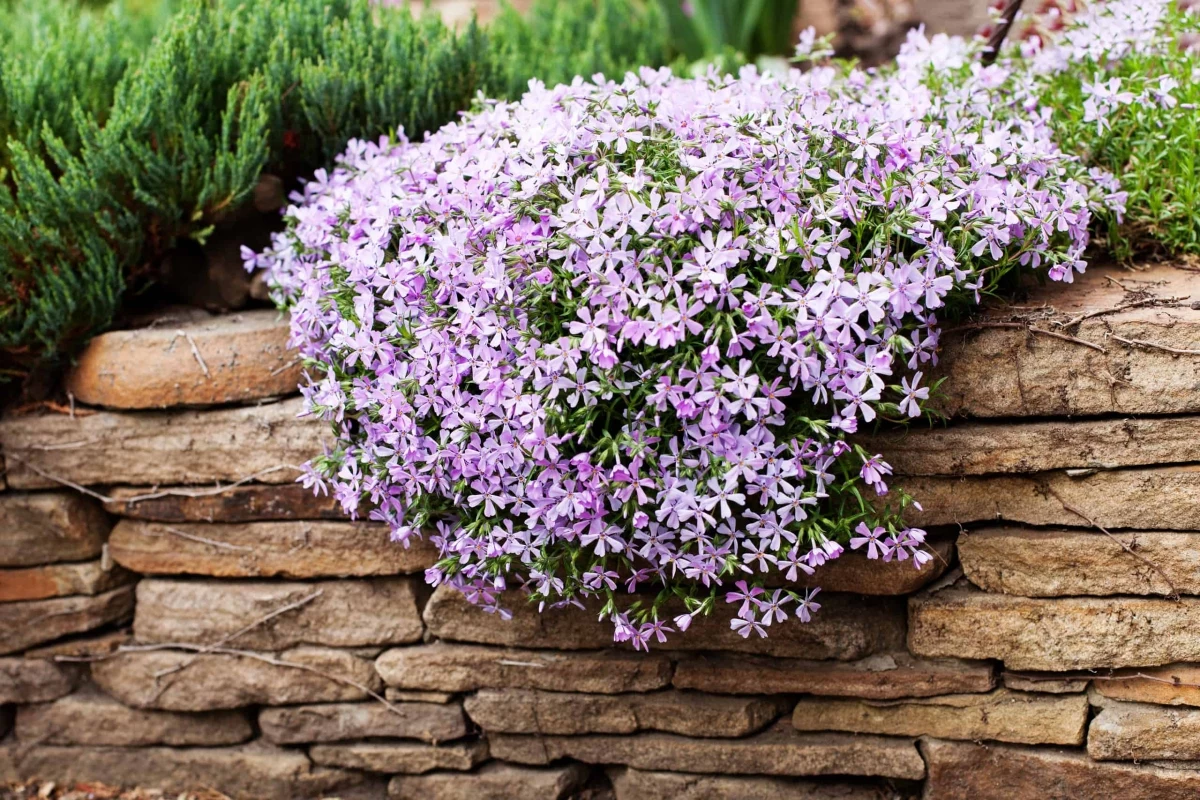
Why Winter Can Be Tough on Phlox
First, let’s get into the ‘why’ behind winter prep. Understanding what the plant is up against makes all the difference. Creeping phlox originally grew on rocky, sandy slopes, which tells you two big things: it loves good drainage and doesn’t need rich soil.
Its root system is fairly shallow and fibrous. In places where the ground freezes and thaws over and over, that’s a problem. When wet soil freezes, it expands and pushes upwards, and when it thaws, it shrinks back down. This movement, called soil heaving, can literally pop the phlox roots right out of the ground. Exposed to freezing air, those roots are toast. This is probably the #1 cause of those dead patches you see in the spring.
Being evergreen is also a double-edged sword. On a sunny or windy winter day, the leaves are still losing moisture. But if the ground is frozen solid, the roots can’t pull up any water to replace it. The result is what we call winter burn, where the foliage turns brown and crispy. Our main goal is to protect against both of these issues.
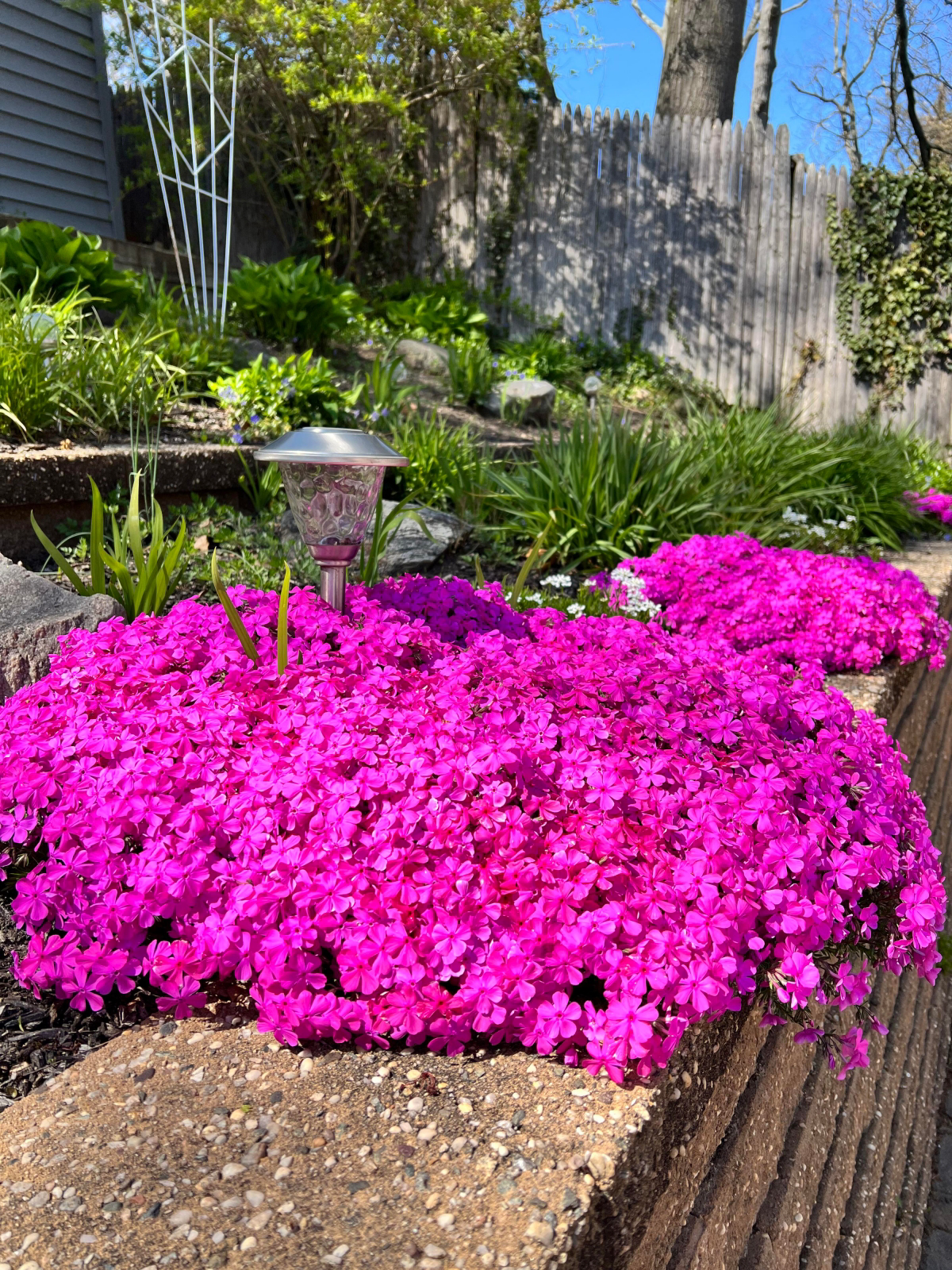
By the way, those hardiness zone ratings (like Zone 3 to 9) are just a starting point. A phlox in an exposed, windy field is under way more stress than one tucked into a sheltered corner in the very same yard. Your garden’s specific microclimate is what really matters.
Fall Prep: Setting Your Phlox Up for Success
The real work of winterizing starts long before the first snow. Our fall checklist is all about strengthening the plant and protecting its roots. Timing is everything—start too early and you can cause problems, start too late and it’s no help at all.
Give It a Final Drink
From late summer until the ground freezes for good, make sure your phlox is well-hydrated. The goal isn’t soggy soil, but to let the plant drink up before the tap gets turned off for winter. If you aren’t getting about an inch of rain a week in early fall, give it a deep, slow watering. I like to use a soaker hose on low for about an hour, or a sprinkler set to lightly cover the area for 30-40 minutes. You want the soil to be moist 4-6 inches down, not just wet on top. Once a hard freeze is on the forecast, stop watering. Watering frozen ground does nothing but create an ice rink over the plant’s crown.
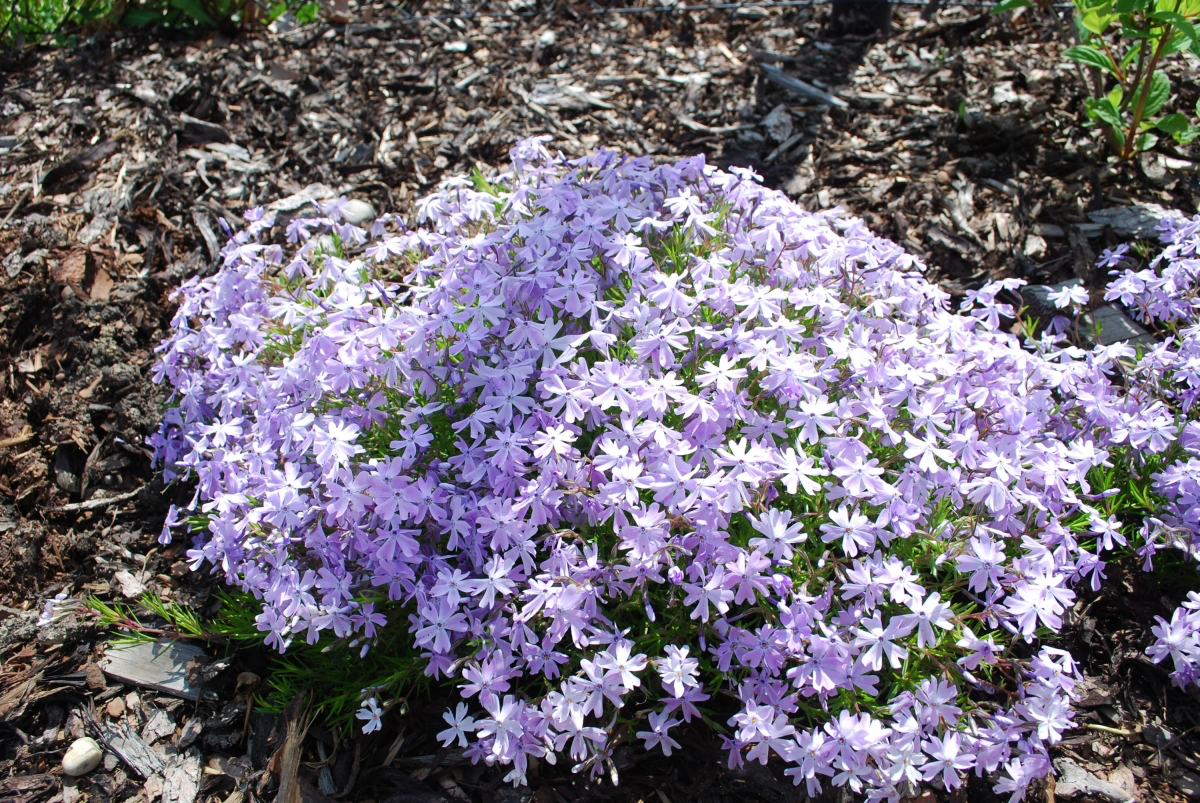
Pruning? Less Is More in the Fall
Heads up! This is where so many gardeners go wrong. The main, hard shearing of creeping phlox should happen right after it finishes blooming in the spring. In the fall, be extremely conservative. Maybe a super light trim in late summer to snip off any wild, lanky stems, but that’s it. NEVER give it a hard haircut in the fall. Pruning encourages new growth, and any tender leaves that pop up late in the season will just get zapped by the first frost, wasting the plant’s precious energy.
Stop Feeding It
We stop all fertilizing by mid-summer, period. Giving it a nitrogen-rich fertilizer in late summer or fall is one of the worst things you can do. Just like with pruning, it triggers a flush of soft new growth that has zero chance of hardening off before winter comes. The plant needs to be winding down for dormancy, not revving up to grow.
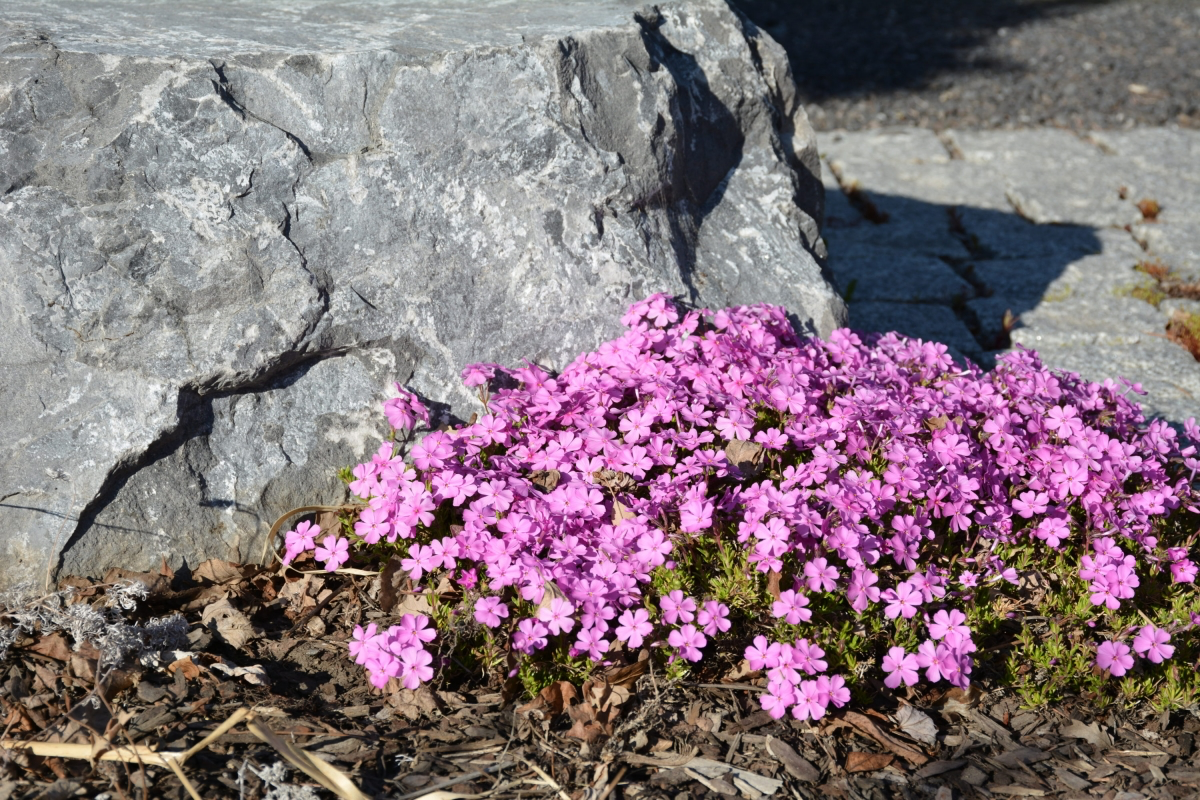
Weed Meticulously
Before you even think about mulch, you have to weed the phlox mats. Honestly, this is a job that requires patience. You have to pull weeds by hand, because a hoe or rake will rip up the shallow phlox stems right along with them. Depending on the size of your patch, this could be a focused 30-minute task or, for a larger slope, your main project for a Saturday afternoon. Leaving weeds is a bad move; they compete for moisture and their decay can promote fungal diseases like snow mold over the winter.
The Mulch Discussion: What to Use and How to Use It
If there’s one step that makes the biggest difference, this is it. Mulching is your best defense against both root heaving and moisture loss. But the material you choose and how you apply it is critical.
The goal of winter mulch isn’t to keep the ground warm—it’s to keep the temperature stable. A good layer of mulch acts like an insulated blanket, shielding the soil from the sun on a mild day and slowing how fast it freezes at night. This buffering is what prevents those destructive freeze-thaw cycles.
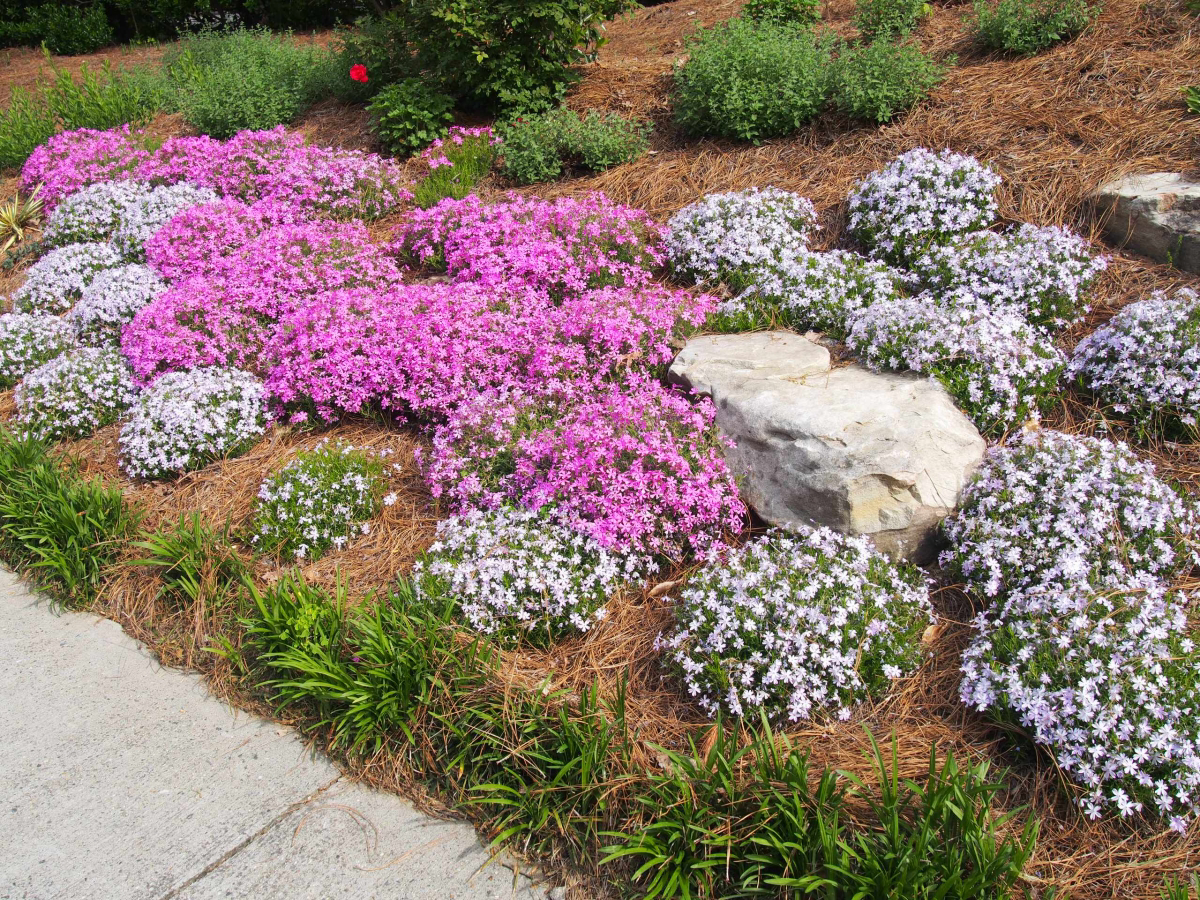
Here are the best options, based on my experience:
- Pine Straw (Pine Needles): This is my personal favorite and what we use most often. It’s super lightweight, so it doesn’t crush the evergreen foliage. The needles lock together, so they don’t blow away, but they don’t get compacted, which allows for great air and water flow. A bale usually runs about $10-$15 at a garden center.
- Shredded Leaves: This is a fantastic free option, but they absolutely must be shredded first. I learned this the hard way years ago after we put a thick layer of whole maple leaves on a big phlox bed. A wet snow turned them into a slimy, suffocating mat, and we lost half the plants to rot. Shredding is easy, though! A quick tip: just rake the leaves into a loose pile (not too deep!), set your lawn mower to a high setting, and run it back and forth over the pile a few times. Instant mulch!
- Shredded Bark or Wood Chips: These can work, but they’re heavier. If you go this route, use a fine-shredded variety and apply a thinner layer. The main risk is piling it too deep against the stems, which can trap moisture and cause the plant to rot from the center.
Wait until after the first couple of hard frosts to apply your mulch. A ‘hard frost’ is when the temperature dips down to 28°F (-2°C) or below for a few hours, which is more serious than a light frost that just kisses the plant tops. This ensures the plant is truly dormant. Gently apply a loose, 2-to-3-inch layer around the plants and under the edges of the mat. Be very careful not to pile it right on top of the center of the plant. The crown needs to breathe!
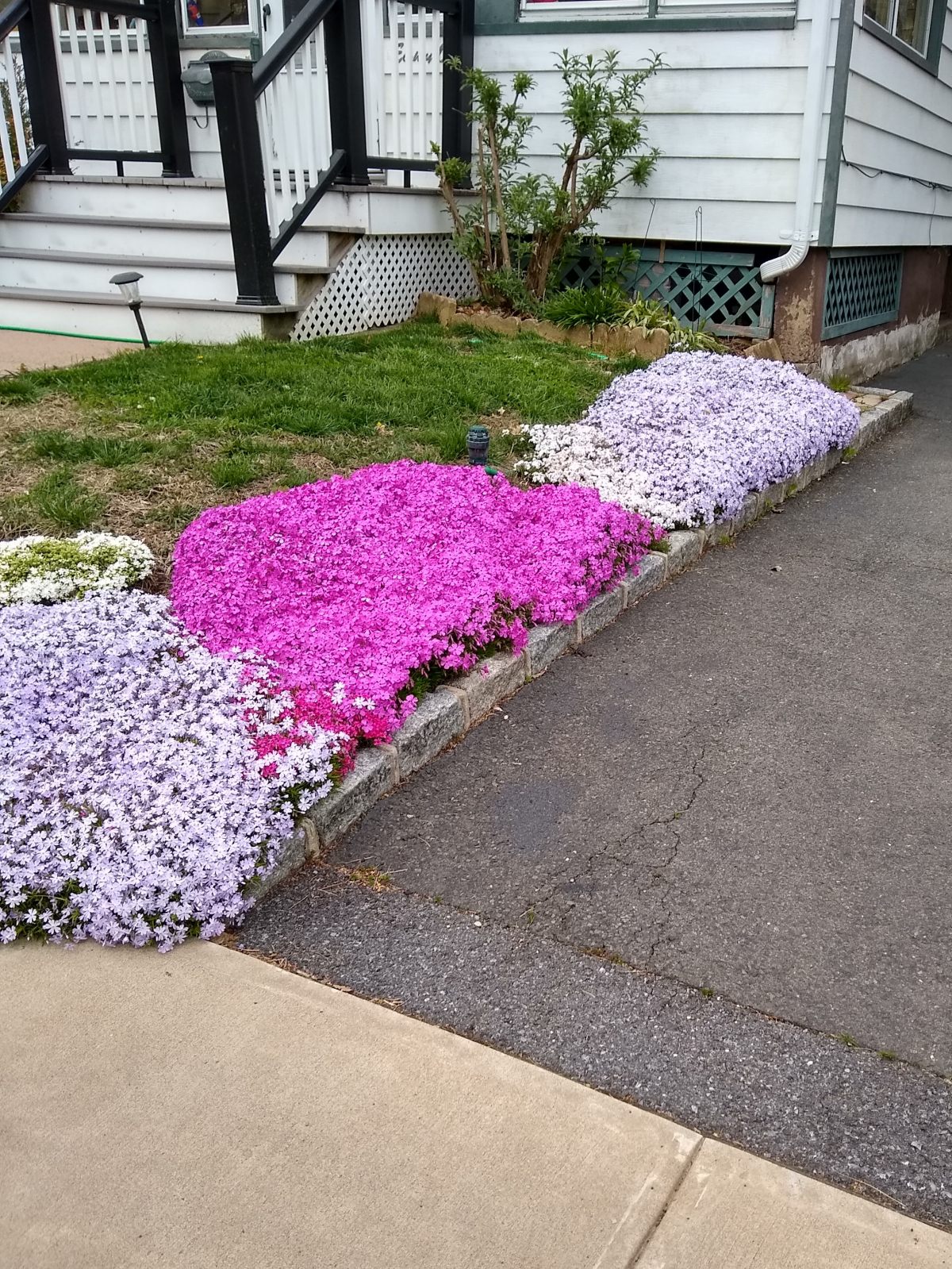
During the Winter: What to Watch For
Once your prep is done, winter care is mostly about observation.
On really exposed sites with strong winds, you can still get winter burn. For a prized planting, a temporary windbreak works wonders. Just get a few wooden stakes and a roll of burlap (about $15-$20 at a hardware store) and create a simple screen on the windiest side. As for those anti-desiccant sprays? I find their effectiveness can be hit or miss, and they’re not a substitute for proper watering in the fall.
A consistent layer of snow is actually the best insulator you could ask for. The only danger is foot traffic. A compacted path from a mail carrier or delivery person can crush the foliage and freeze the crowns solid. A few simple stakes and some string are usually enough to guide people around sensitive areas.
And then there’s salt. Creeping phlox HATES de-icing salt. If your phlox is along a driveway or sidewalk, it’s at major risk from salt spray or runoff. If you must use a de-icer, look for a product with calcium magnesium acetate (CMA). It’s much less harmful to plants. You can find it at most big-box stores or garden centers, usually for $20-$30 a bag. Otherwise, just use sand for traction.
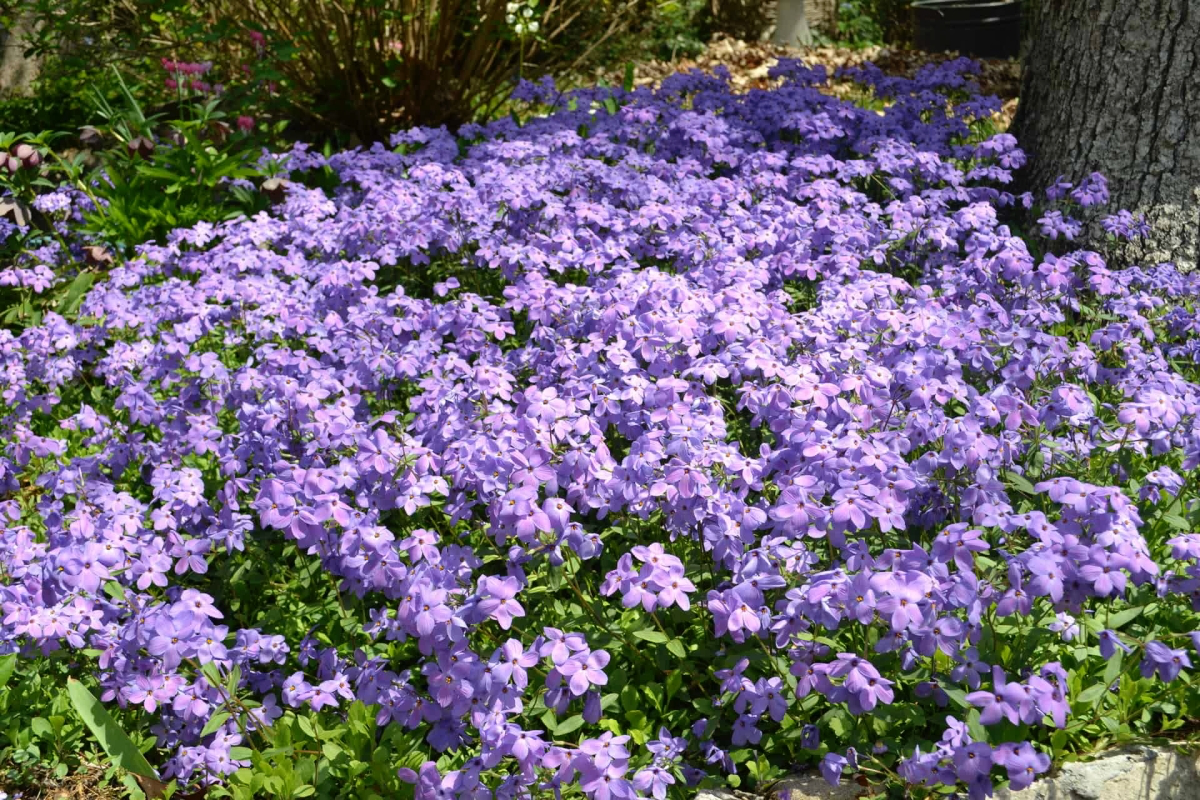
Spring Wake-Up Call: The Final Steps
How you treat your phlox in early spring is just as important as the fall prep.
First, be patient. Don’t rush to rake off the mulch. I always wait until the threat of a hard frost is truly gone. A good rule of thumb where I am is when the forsythia bushes are in full yellow bloom. Raking too early can expose the tender crown to a late freeze.
When the time is right, gently pull the mulch back. You’ll probably see some brown foliage—that’s normal. To see if a stem is really dead, give it a little bend. A dead stem will be brittle and snap; a living one will be flexible. Don’t panic at a few brown spots, phlox is amazing at filling in gaps.
Gently fluff up the foliage with your hands or a flexible leaf rake to get rid of any matted leaves and debris. This improves air circulation. Trim out any obviously dead, brittle stems with sharp hand shears.
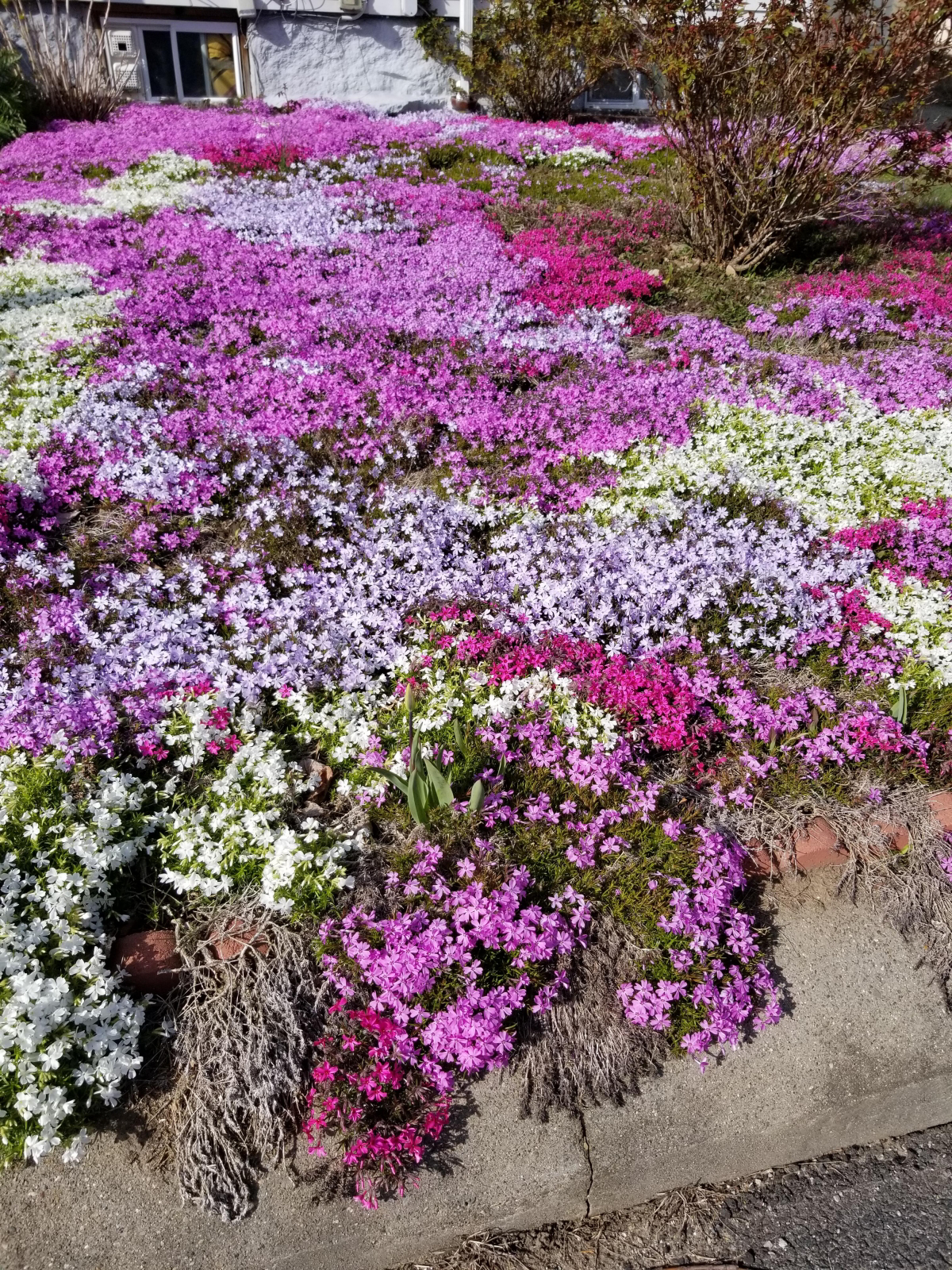
Finally, once you see little green shoots emerging, it’s time to feed. This is when you give it that first meal to fuel the flower show. We use a balanced, slow-release granular fertilizer, like a 10-10-10. A good rule of thumb is about one heaping tablespoon per square foot, sprinkled around the edges of the plant—not directly on the leaves—and then watered in well.
Galerie d’inspiration

What’s the best winter blanket for phlox? It’s not what you think.
While heavy wood chips might seem like a good insulator, they can be a death sentence for creeping phlox, trapping moisture and compacting its delicate crown. The goal is insulation without suffocation. A light, airy layer of pine straw or chopped leaves (like oak, which doesn’t mat down) is ideal. This mimics the natural forest duff phlox thrives in, protecting roots from soil heaving while allowing the evergreen foliage to breathe and preventing rot come springtime.










